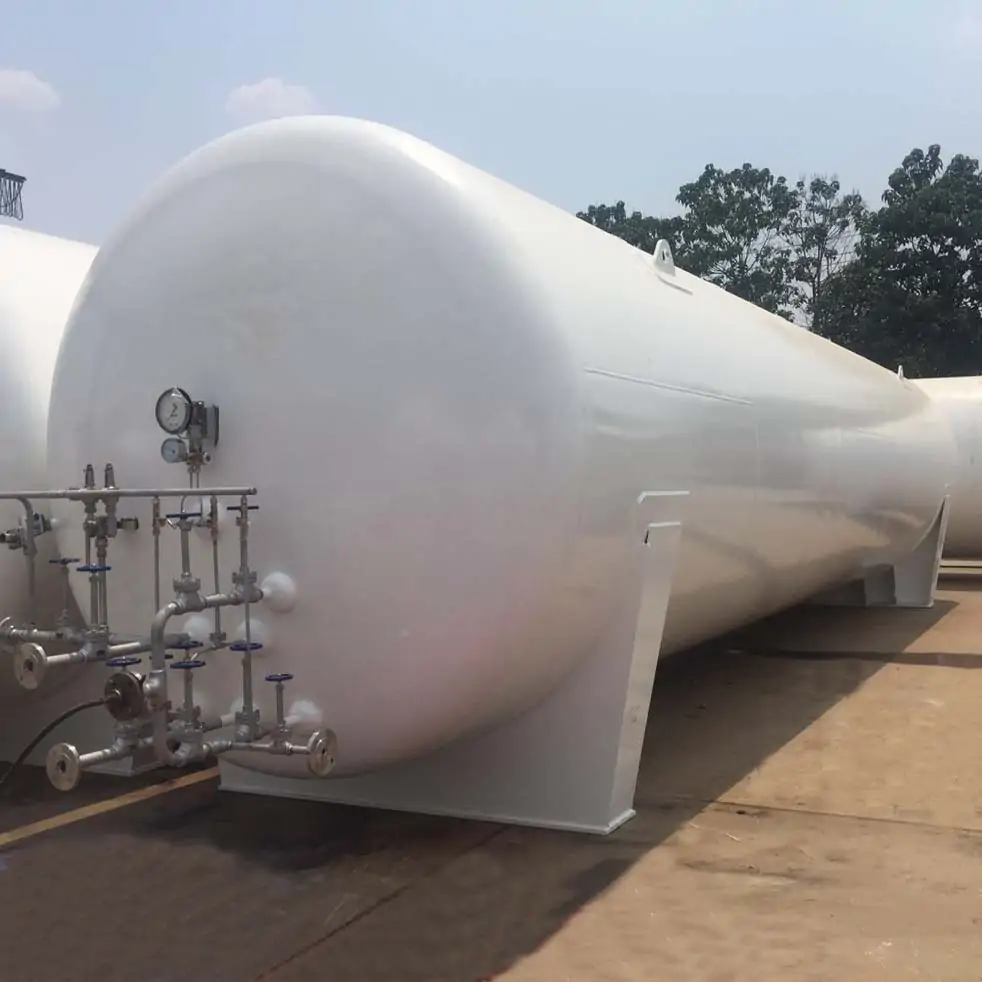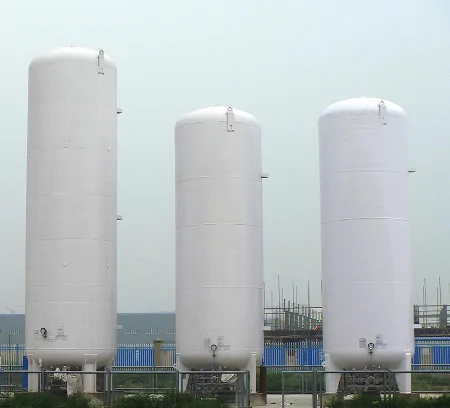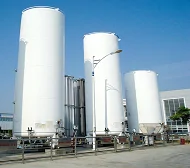Cryogenic tank siphon systems
Cryogenic tank siphon systems play an important role in liquid gas storage and handling. These systems are typically used to handle cryogenic liquid storage applications such as liquefied natural gas (LNG). The following are the main functions of the cryogenic tank siphon system:
Liquid Guidance and Delivery: Siphon systems are primarily used to guide and deliver cryogenic liquids, such as liquefied natural gas. In a siphon system, with proper design and piping arrangements, liquid can be directed and transported automatically without the need for additional mechanical pumps.
Energy Efficiency and Savings: Siphon systems use the pressure difference created when gas liquefies to transfer liquid from one container or system to another. This process is generally more energy efficient than traditional mechanical pumps because the siphon system requires no additional energy to provide the pumping work.
Reduced equipment and maintenance costs: Siphon systems can reduce equipment costs because large mechanical pumping equipment is not required. Since siphon systems have no moving mechanical parts, maintenance and upkeep requirements are relatively low, reducing maintenance costs for system operation.
Prevent gasification and maintain low temperature: In liquid gas storage, especially during the storage and transportation of LNG, maintaining low temperature is crucial to prevent gasification. The siphon system helps to keep the liquid cool during transfer, ensuring that the liquid does not heat up excessively during transfer.
Simplified Operation and Improved Safety: Siphon systems are relatively simple in design and relatively easy to operate. In addition, because the siphon system reduces mechanical components in liquid delivery, it reduces operational complexity and improves system reliability and safety.
Overall, the cryogenic tank siphon system guides and delivers liquid by utilizing the pressure difference generated by the liquefaction of liquid gas, thereby improving the energy efficiency of the system, reducing costs, and simplifying the operation process.





































































































































